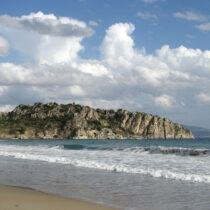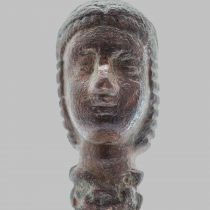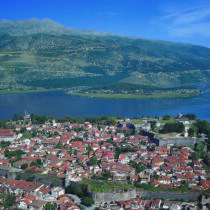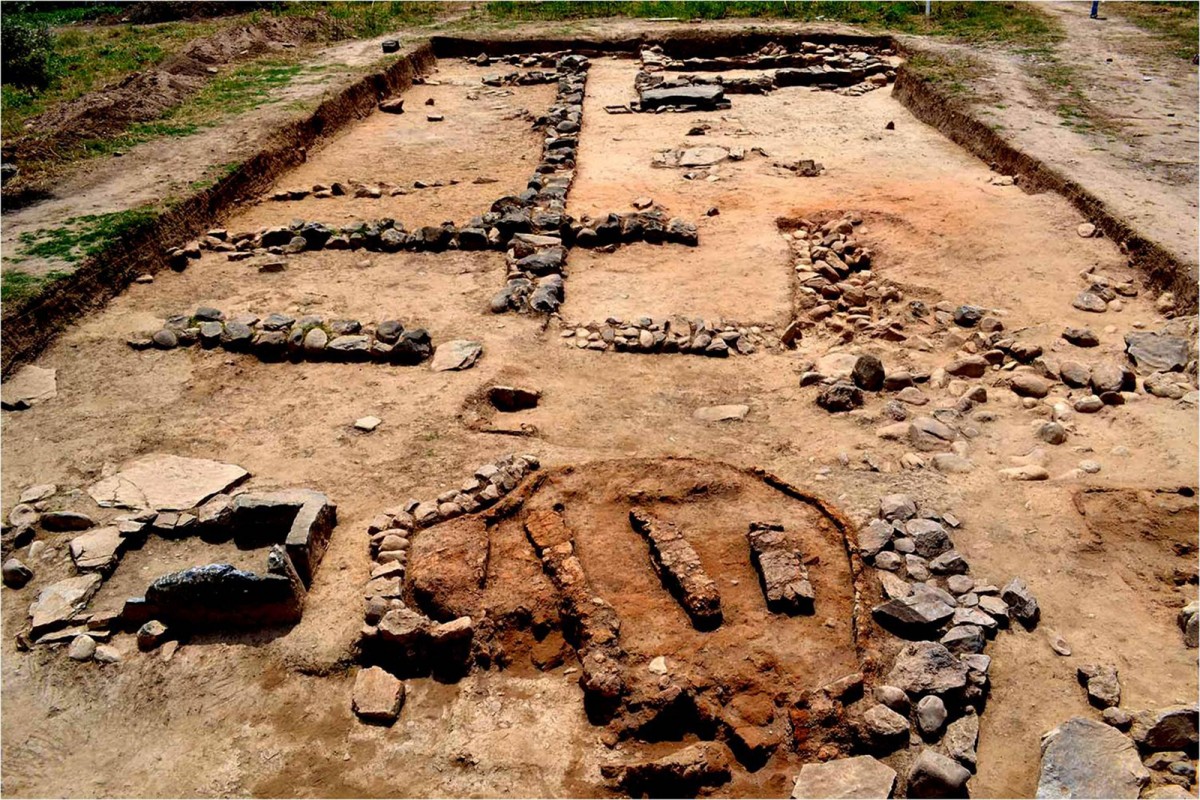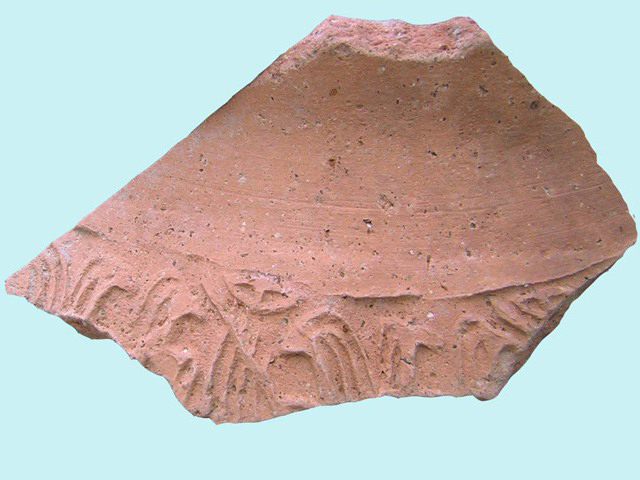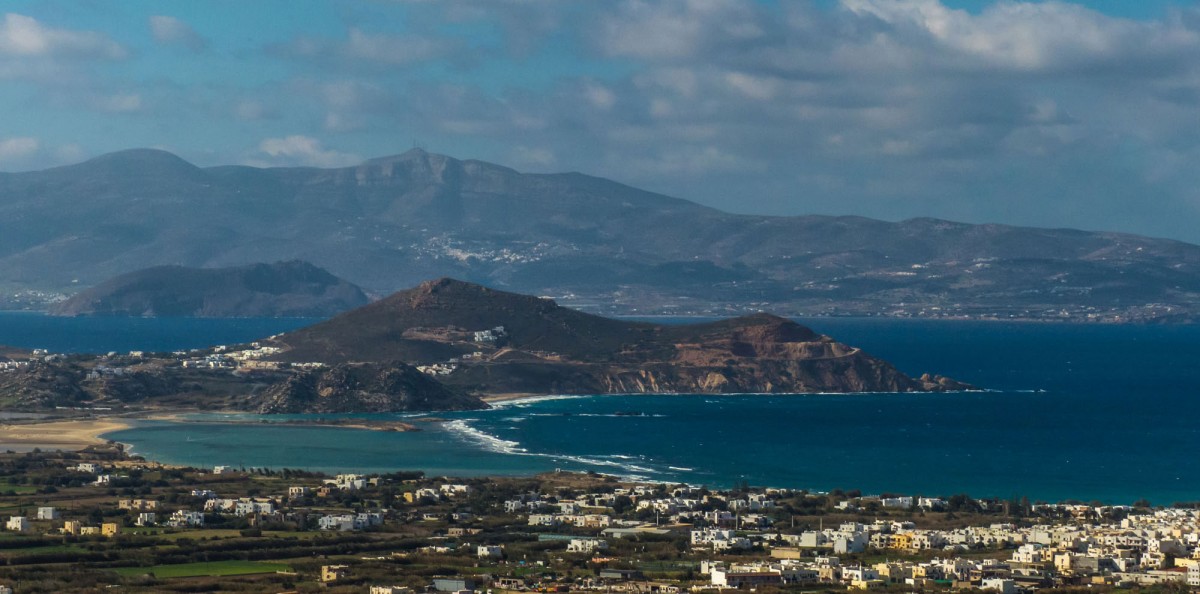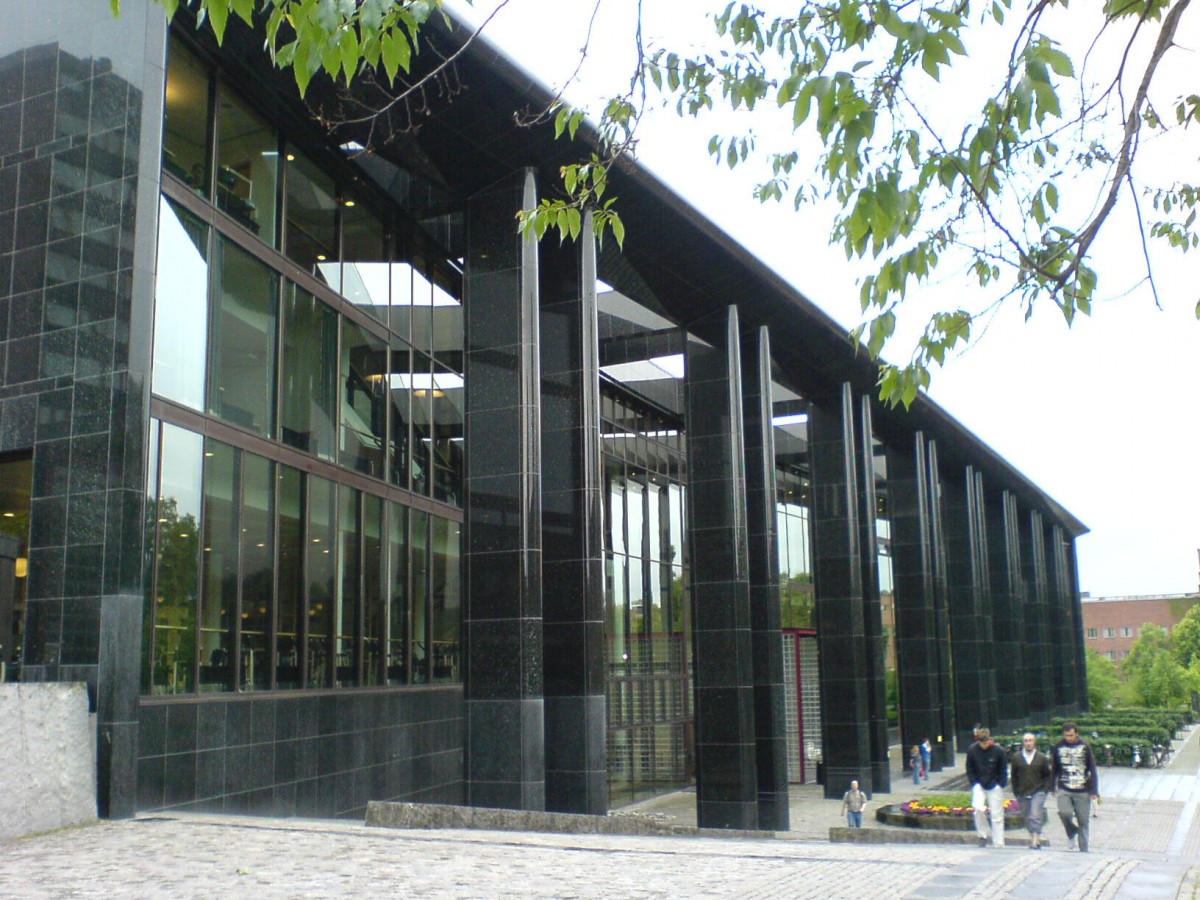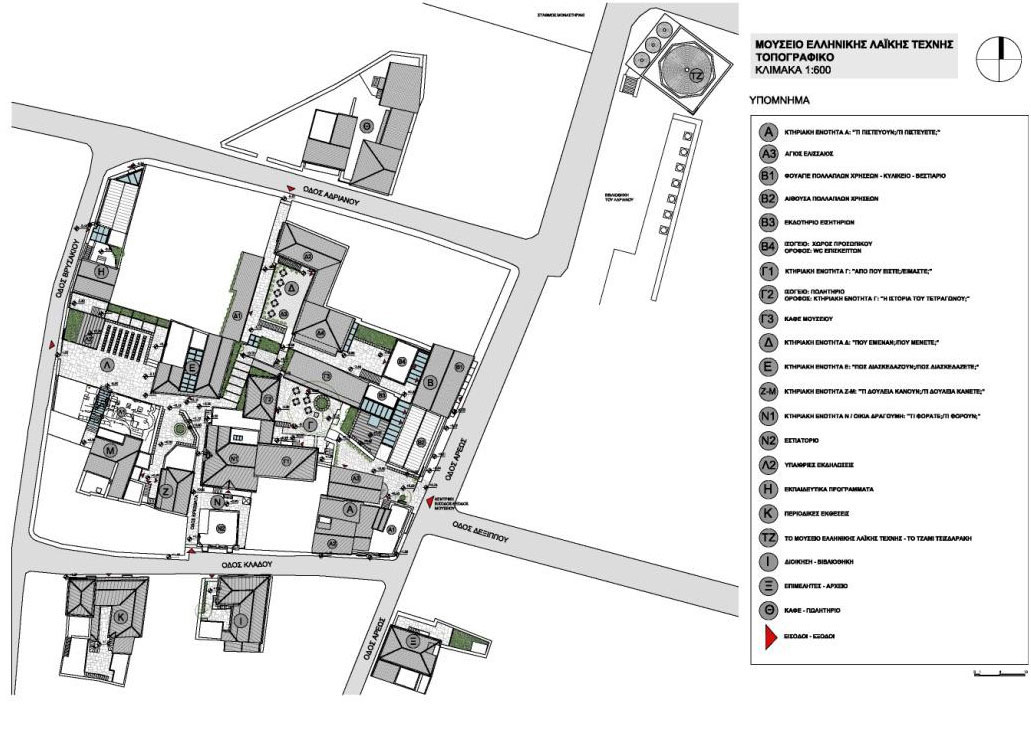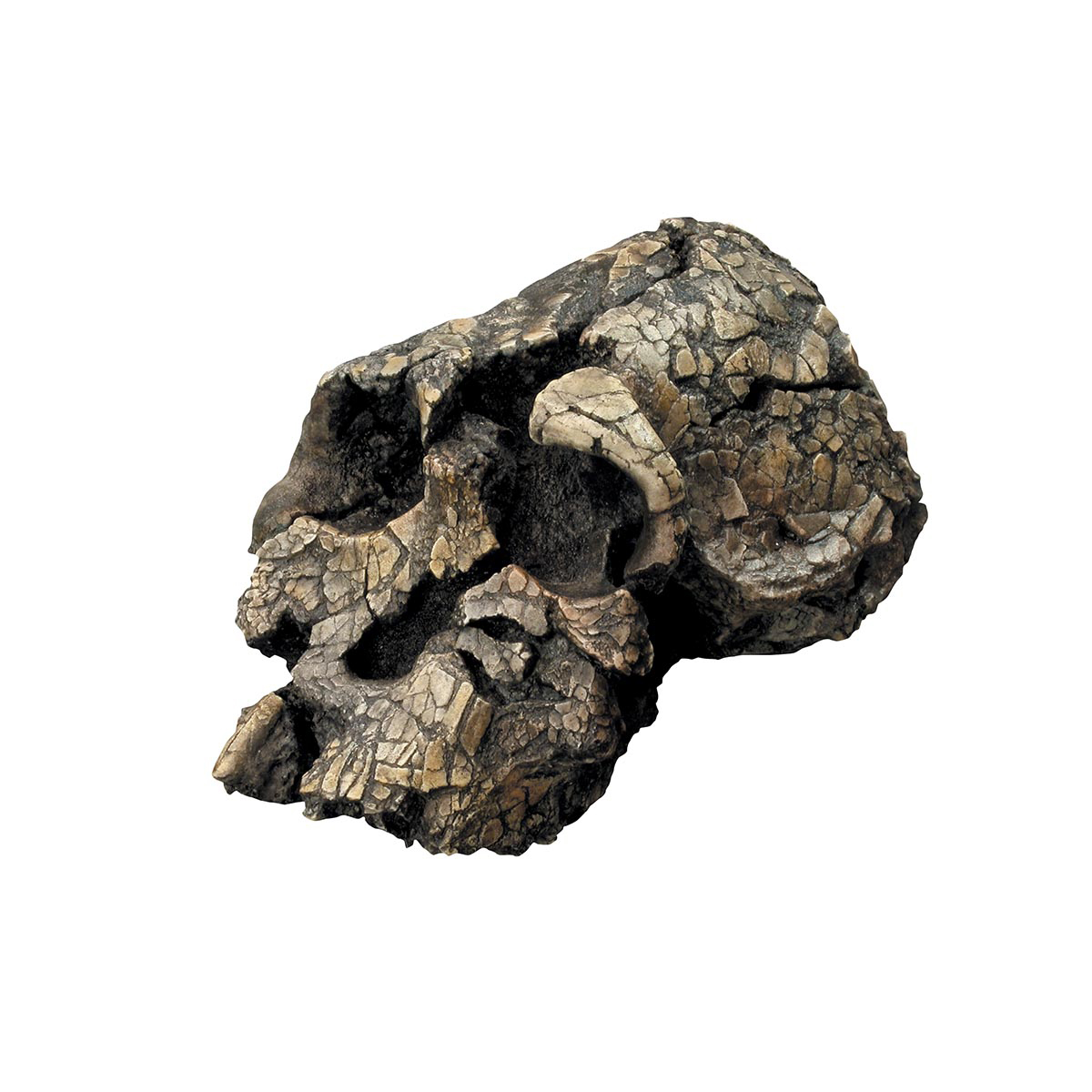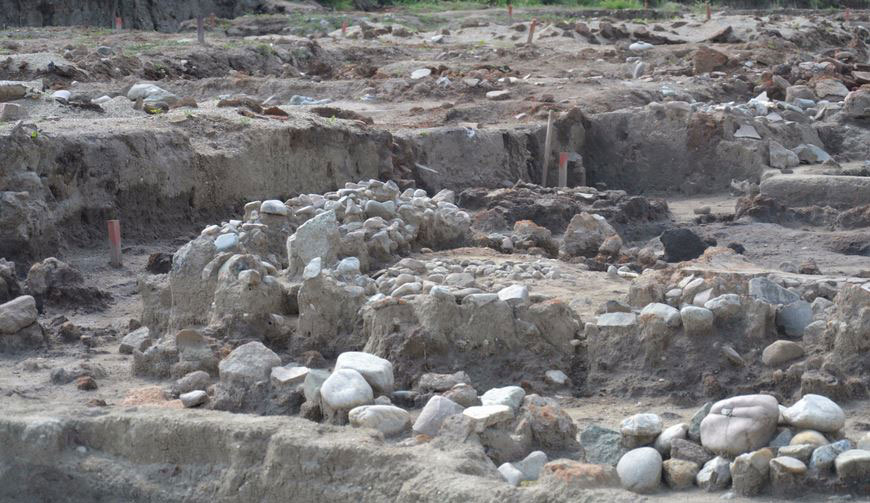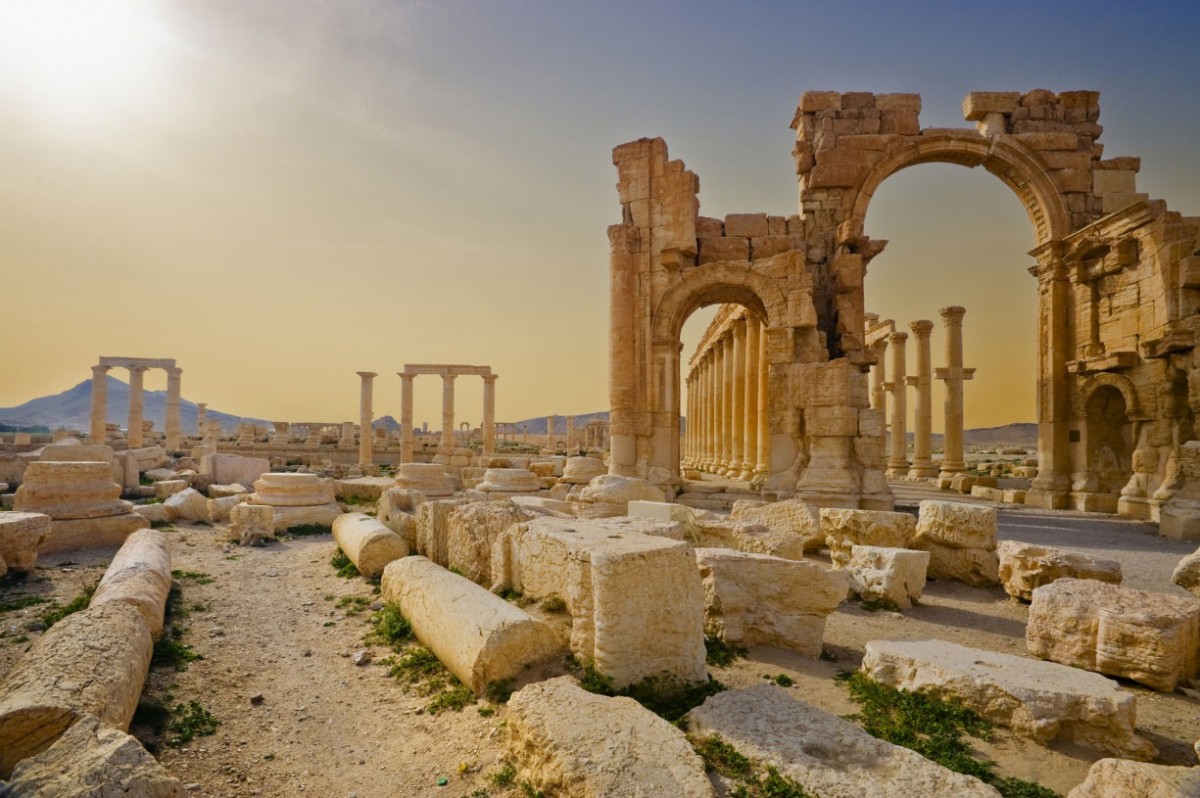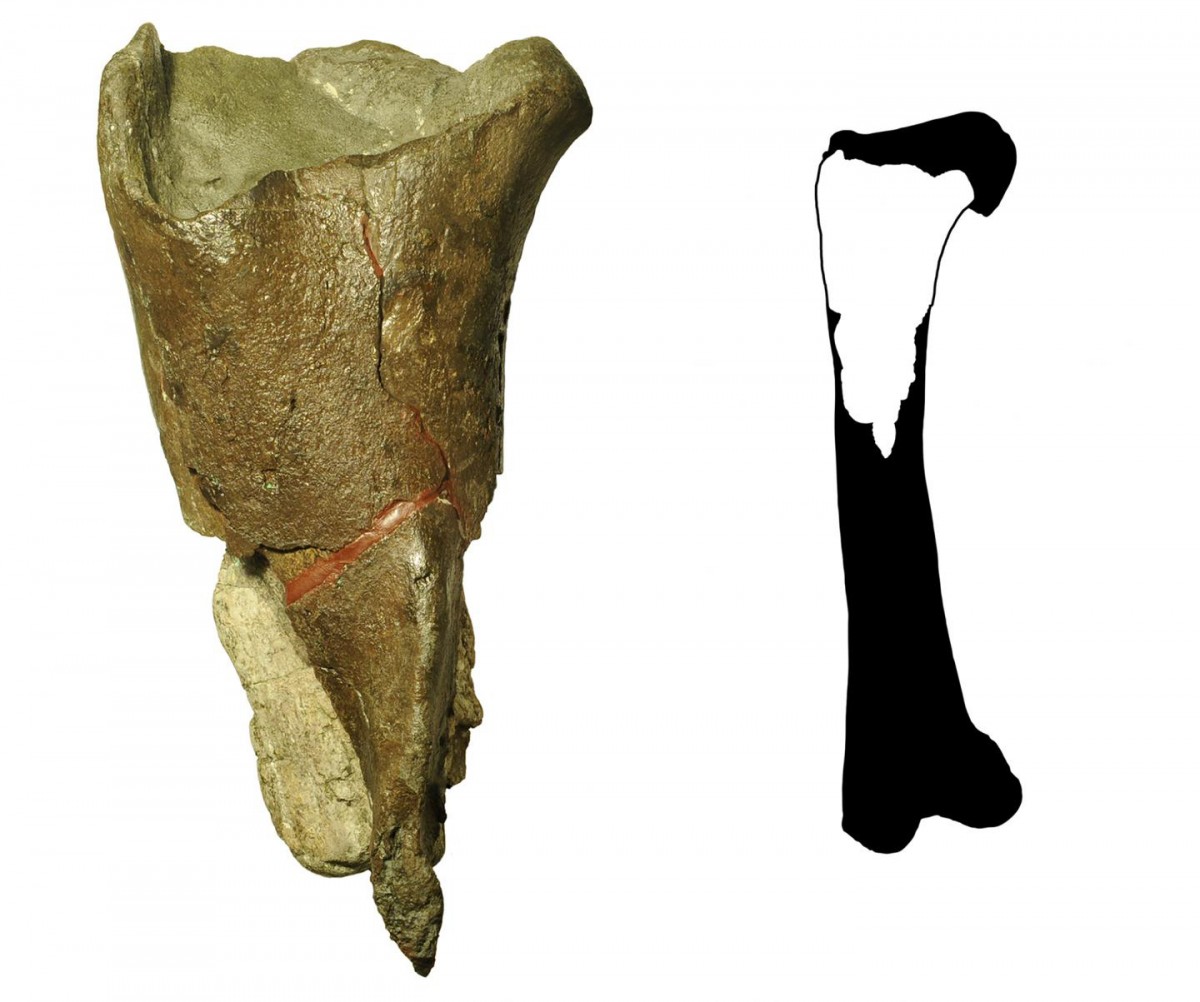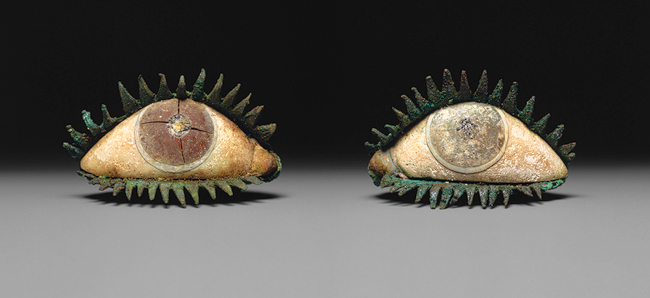Looting of the tomb of Djehutyhotep
The Leuven University archaeology mission, who has been carrying out excavations in Deir el-Bersha, where the looted tomb of Djehutyhotep is located, has posted some new photos, showing the damaged wall reliefs, and issued a statement.
New finds at Plassi, Marathon in Attica
University of Athens has announced the completion of the Plassi excavations and issued a press release of this season's most important findings.
Earliest known depiction of music scene in Israel
The most ancient music scene known in the research of Israel appears on a rare 5,000 year old cylinder seal impression from the Early Bronze Age.
“Pompeii and Europe” opens in Naples
"Pompeii and Europe" opens its doors tomorrow, May 27th, at the National Archaeological Museum in Naples.
Evidence of Neanderthals on Greek island of Naxos
Archaeological findings at the Stélida site, on the Greek island of Naxos, indicate the existence of humans on the island as early as 260,000 years ago.
Harbours from the Roman Period to the Middle Ages
An interdisciplinary conference due to take place at the Christian-Albrechts-University in Kiel from 30.9. to 3.10.2015.
PhD in Applied Ethics
The Inter-Disciplinary Ethics Applied (IDEA) Centre, at the University of Leeds, intends to offer a Studentship in Applied Ethics, broadly conceived.
Postdoc in Classics
A Post-Doctoral Research Fellowship is vacant in the Department of Philosophy, Classics, History of Art and Ideas at the University of Oslo. The post is open to applicants with any specialization within Greek and Latin.
Associate Professor in Latin Language and Literature
This is a new permanent post for an experienced scholar, reflecting the continued strength of Classics and Ancient History at Warwick.
The Society for the Study of Egyptian Antiquities: Annual Meeting
This fall, the SSEA/SÉÉA will hold its Annual Symposium on the topic of “Looting and Restoration: ancient and modern”.
Our bond with dogs may go back more than 27,000 years
Dogs' special relationship to humans may go back 27,000 to 40,000 years, according to genomic analysis of an ancient Taimyr wolf bone.
Jerusalem’s Lower Aqueduct came to light
A section of Jerusalem’s Lower Aqueduct was revealed in the Umm Tuba quarter (near Har Homa) during the construction of a sewer line in the neighborhood by the Gihon Company.
Pantāi krēpides: shoe-talk from Homer to Herodas
A Dialogos lecture offering a comprehensive discussion of ancient Greek poetic talk about shoes, slippers and sandals, as well as a sample of iconographic representations.
The first painting to be sold from Cornelius Gurlitt’s trove of art
Sotheby’s to offer an exceptional painting by Max Liebermann. Discovered in Gurlitt’s home and since successfully restituted to its rightful heirs.
The Emotional Life of the Leader in Ancient Greece and Modern America
"The Emotional Life of the Leader in Ancient Greece and Modern America" is the topic of this year's "Ephebe’s Journey" workshop, organized by the Centre of Hellenic Studies.
Museums and Museology in modern society. New challenges, new relationships (Part 8)
In this article an outline is made of the museological study on the permanent exhibition of the Museum of Greek Folk Art (MGFA), the main Ethnographic Museum in the country as submitted to the Council of Museums and approved by them in December 2012.
“The Anatomy of the Mummy”
In a special issue, The Anatomical Record ventures into the world of human mummified remains.
The Egtved Girl was not from Denmark
The Bronze Age Egtved Girl came from far away, as revealed by strontium isotope analyses of the girl's teeth.
Aristotelianism in Western Europe and Plato’s Statesman
The Danish Institute organizes two lectures next week in Athens. Speakers: Prof. Sten Ebbesen and Anders Dahl Sørensen.
Α new beginning to the known archaeological record
The stone tools mark "a new beginning to the known archaeological record," say the authors of a new paper about the discovery in Kenya.
Neolithic settlement of two-storey houses unearthed in Bulgaria
Archaeologists in Bulgaria have announced that they unearthed a Neolithic settlement of 60 two-storey houses, near Mursalevo in Southwest Bulgaria. The houses had been deliberately set on fire.
Islamic State troops take over Palmyra
The world heritage site of Palmyra has been taken over by IS troops. Artefacts have been transferred to safe locations but the international community fears that large buildings and monuments will be destroyed.
First dinosaur fossil in Washington state
Burke Museum paleontologists have published a description of the first dinosaur fossil from Washington state.
Inlaid eyes in Roman stone sculptures
Why were so many statues of gods featured with inlaid eyes? Is it to give the sculpture a liveliness through the high polished surface and glance of the material?
